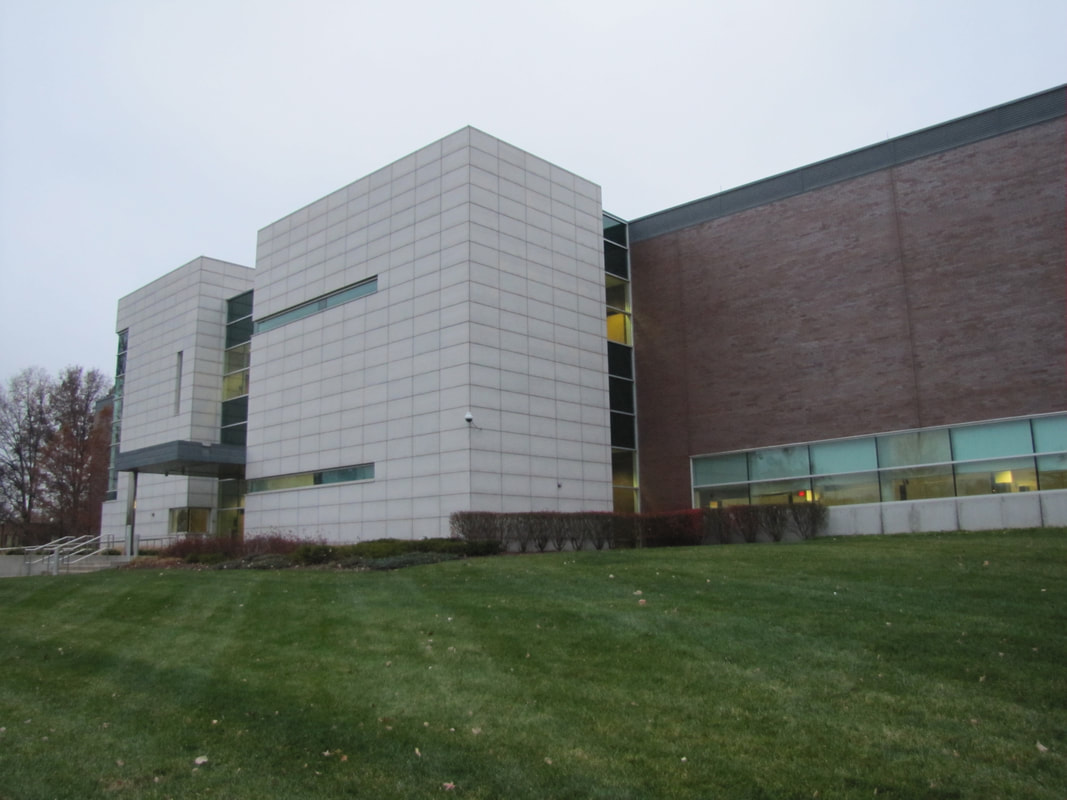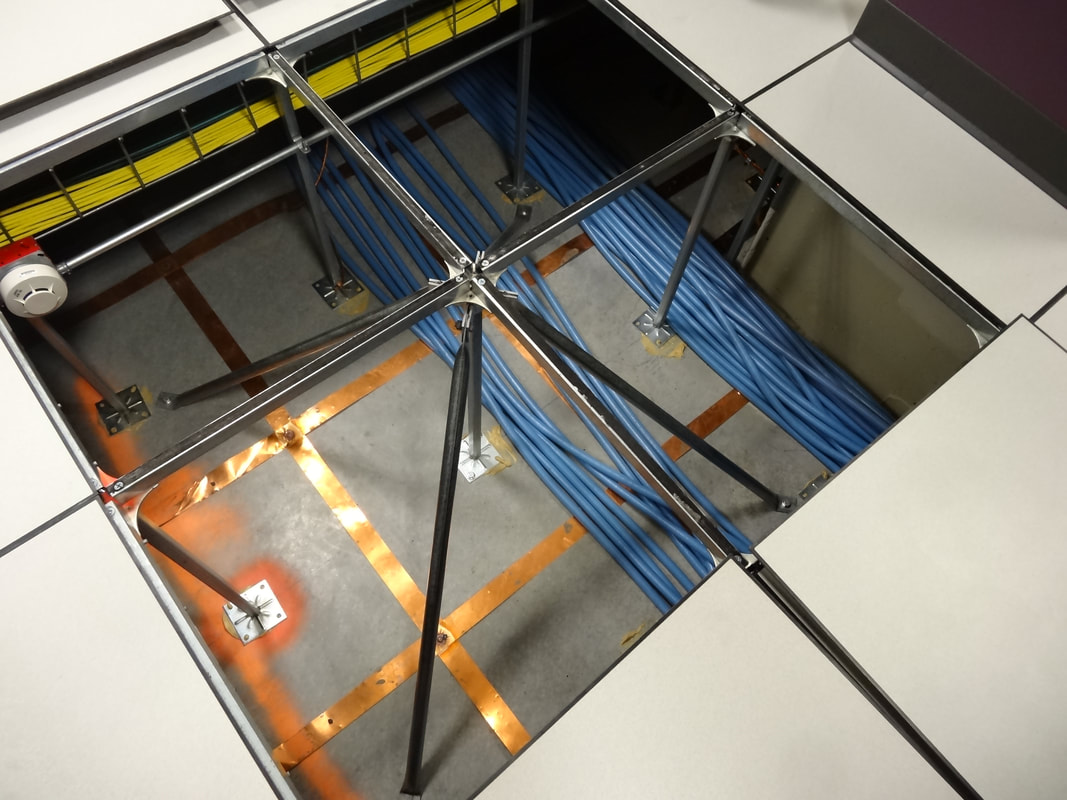Edward Jones Data Center, St. Louis, MO
Seismic & Extreme Wind Evaluation and Retrofit
The Data Center was constructed in 2001 to act as a hub for Edward Jones information technology infrastructure that was evaluated and retrofitted to provide immediate occupancy performance for seismic and for a 180-mph, 3-sec peak gust wind event.
Seismic Evaluation and Strengthening
The seismic risk assessment was performed using ASCE/SEI 31 Tier 1 and Tier 2 evaluations for Immediate Occupancy performance and the seismic strengthening design was based on ASCE/SEI 41 using Tier 3 procedures. Seismic strengthening measures for the building included improving shear transfer at diaphragm-to-wall connections. Extensive nonstructural strengthening was performed, including anchorage and/or bracing for the raised access floors, server cabinets, mechanical / electrical equipment, suspended piping, ductwork, and electrical conduit.
Wind Evaluation and Strengthening
A failure chain analysis was performed that considered wind pressures associated with increasing wind speeds. Wind pressures were calculated using ASCE/SEI 7-10. The capacity of structural and nonstructural components to resist wind loads was determined and compared to the wind pressures. This process identified the level of wind speeds expected to result in first bearing in the building envelope up to structural failure of the facility. Wind mitigation measures were designed and constructed for a 180 mph, 3-sec peak gust. Strengthening measures included upgrades to screen walls, louvers, interior and exterior doors, and windows to resist debris impacts. Robust anchorage for exterior equipment was also designed and installed.
Seismic Evaluation and Strengthening
The seismic risk assessment was performed using ASCE/SEI 31 Tier 1 and Tier 2 evaluations for Immediate Occupancy performance and the seismic strengthening design was based on ASCE/SEI 41 using Tier 3 procedures. Seismic strengthening measures for the building included improving shear transfer at diaphragm-to-wall connections. Extensive nonstructural strengthening was performed, including anchorage and/or bracing for the raised access floors, server cabinets, mechanical / electrical equipment, suspended piping, ductwork, and electrical conduit.
Wind Evaluation and Strengthening
A failure chain analysis was performed that considered wind pressures associated with increasing wind speeds. Wind pressures were calculated using ASCE/SEI 7-10. The capacity of structural and nonstructural components to resist wind loads was determined and compared to the wind pressures. This process identified the level of wind speeds expected to result in first bearing in the building envelope up to structural failure of the facility. Wind mitigation measures were designed and constructed for a 180 mph, 3-sec peak gust. Strengthening measures included upgrades to screen walls, louvers, interior and exterior doors, and windows to resist debris impacts. Robust anchorage for exterior equipment was also designed and installed.



